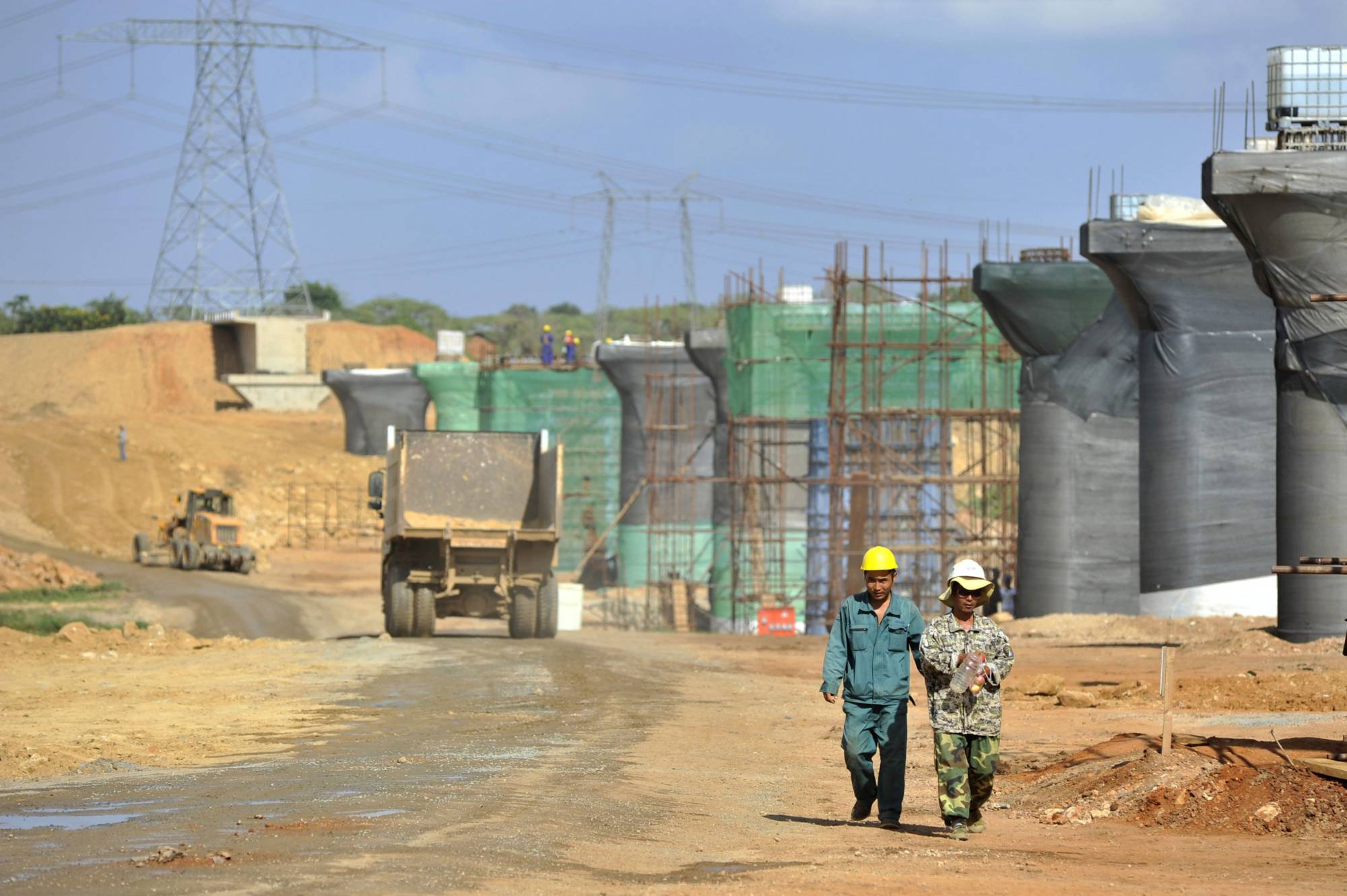Recently released details of Kenya’s 2014 loan agreement with China to finance a controversial railway project have once again highlighted the predatory nature of Chinese lending in developing countries.
The contract not only imposed virtually all risk on the borrower (including requiring binding arbitration in China to settle any dispute), but also raised those risks to unmanageable levels (such as by setting an unusually high interest rate). With terms like that, it is no wonder that multiple countries around the world have become ensnared in sovereignty-eroding Chinese debt traps.
Over the last decade, China has become the world’s largest single creditor, with loans to lower— and middle-income countries tripling in this period, to $170 billion at the end of 2020. Its outstanding foreign loans now exceed 6% of global gross domestic product, making China competitive with the International Monetary Fund as a global creditor. And through loans extended under its $838-billion Belt and Road Initiative (BRI), China has overtaken the World Bank as the world’s largest funder of infrastructure projects.

















With your current subscription plan you can comment on stories. However, before writing your first comment, please create a display name in the Profile section of your subscriber account page.